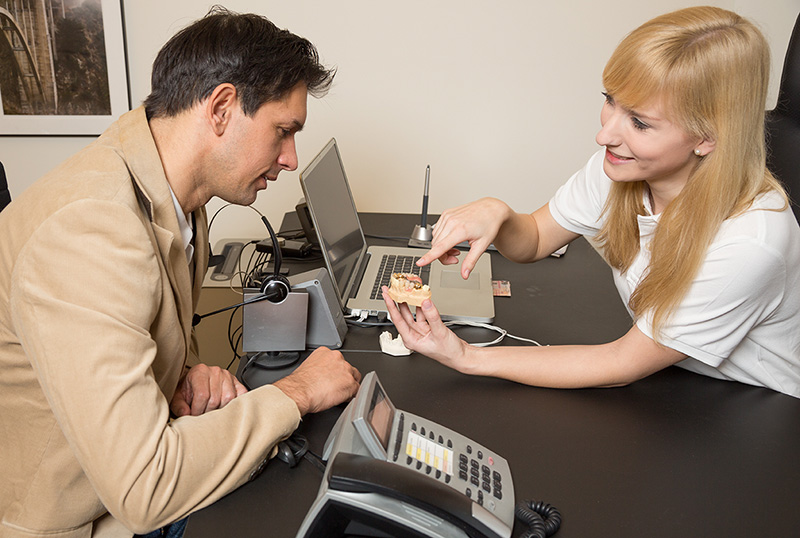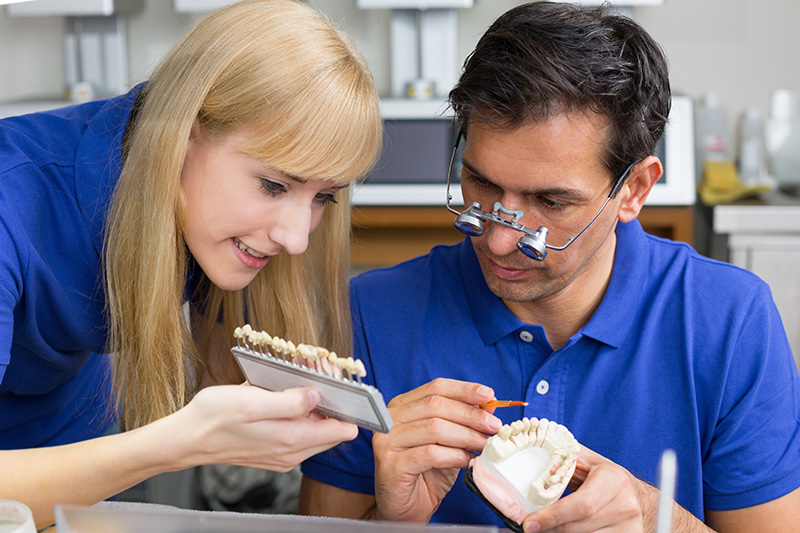Inlays and Onlays

Dental inlays and onlays, also called indirect fillings, are dental restorations for tooth decays and other oral conditions. They are a long-lasting, aesthetic and strong dental treatment for restoring a damaged tooth. Inlays and onlays enhance the function of a damaged tooth and makes it look attractive.
Who can get inlays and onlays?
Anyone can get inlays and onlay for the following reasons.
- Repair decayed teeth
- Restore a fractured or larger filling
- Improve dental aesthetics
- Repair broken or fractured teeth

Benefits of inlays and onlays
Some benefits of inlays and onlays include:
Protect the tooth structure
These dental restorations can protect the healthy part of a tooth while restoring the decayed or damaged areas. It performs the same function as tooth coloured resin fillings.
Fit in tight spaces
You can get this dental restoration to fill cavities between the teeth, which may not be possible with a composite filling. Inlays and onlays are suitable for sealing damaged teeth to prevent the accumulation of bacteria. They are easy to clean and durable.
Aesthetic solution
Besides restoring the function of the teeth, they improve the teeth appearance. They are not prone to staining and discolouration like tooth-coloured resin fillings.
Easy cleaning
The preparation for inlays and onlays is minimal, and they cover the teeth, which makes them easy to clean like crowns. Unlike composite fillings, gold and porcelain inlays and onlays do not shrink over time.
Protect weak tooth
Inlays and onlays protect the weak parts of a tooth and their fitting, so there is no need to complete the tooth’s reshaping.
Stable and strong
Inlays and onlays are made with durable material, making them a perfect option for strengthening a damaged tooth.

Procedure for inlays and onlays
Getting an inlay or onlay requires two dental visits. During your first dental appointment, the dentist will prepare the damaged tooth and then take your tooth impressions to the lab to make your dental restoration.
You can get a gold, porcelain or resin inlay or onlay. During your consultation, your dentist will discuss the preferred material for your dental restoration. If you are concerned about your teeth aesthetics, your dentist may suggest a gold inlay or onlay. You can also use a gold restoration if the damaged tooth is visible when you talk or smile. Resin inlay or onlay will be a better option if you grind your teeth at night or have a malocclusion problem.
On the second appointment, the dentist will remove the temporary material placed on your damaged tooth, then fit your inlay or onlay. Your dentist will ensure that your dental restoration fits properly and check for any malocclusion that might affect the dental restoration. After the fitting, the dentist will bond the restoration to your teeth and polish the margins to give it a perfect finishing.
If you have any damaged teeth and need a long-lasting solution, visit Tunbridge Well Dental Care today to have our dentist fit an inlay or onlay on the tooth. You can call us now on 01892 538078 or send an email via [email protected] to schedule an appointment with our experienced dental specialist.
